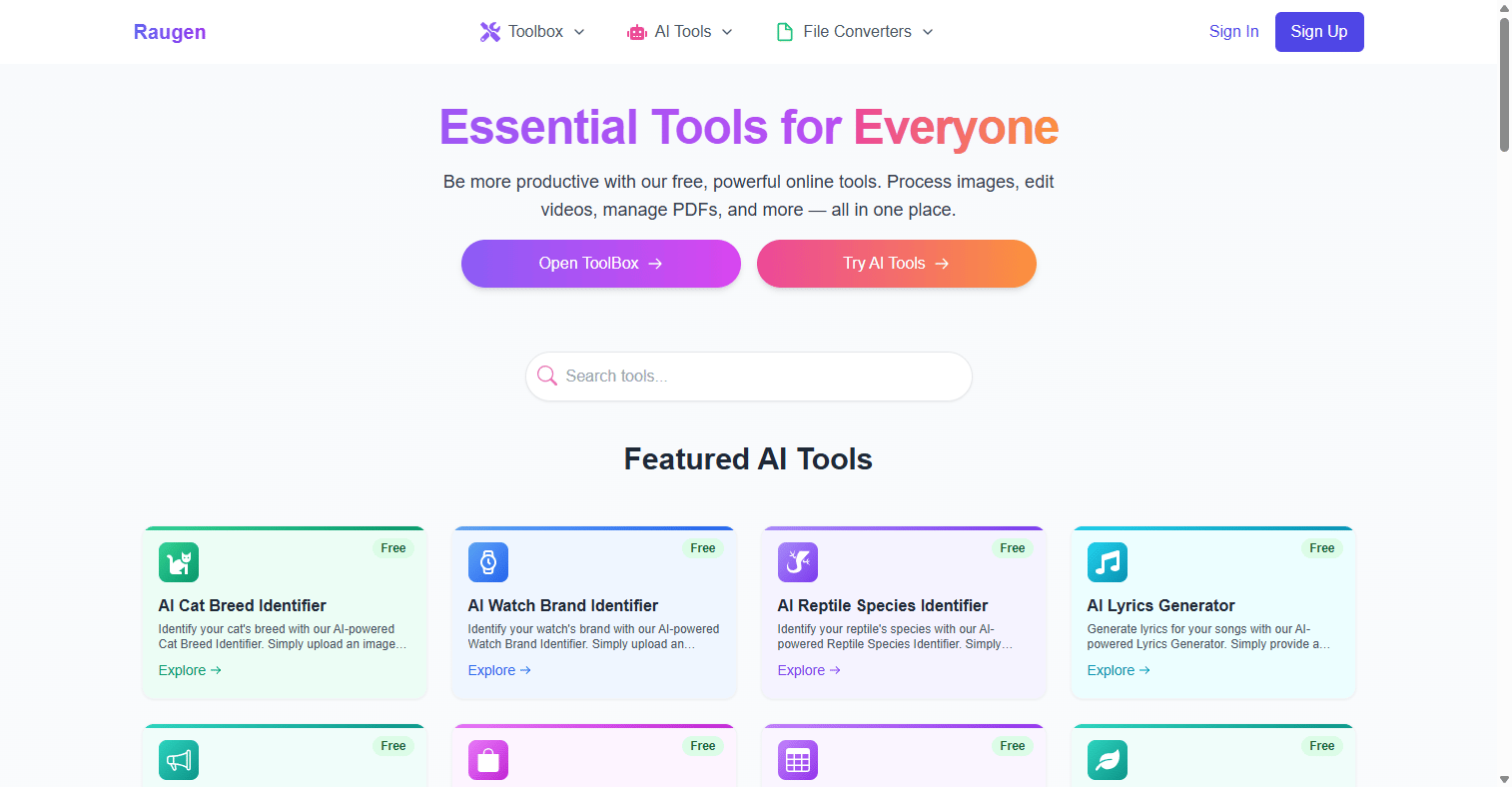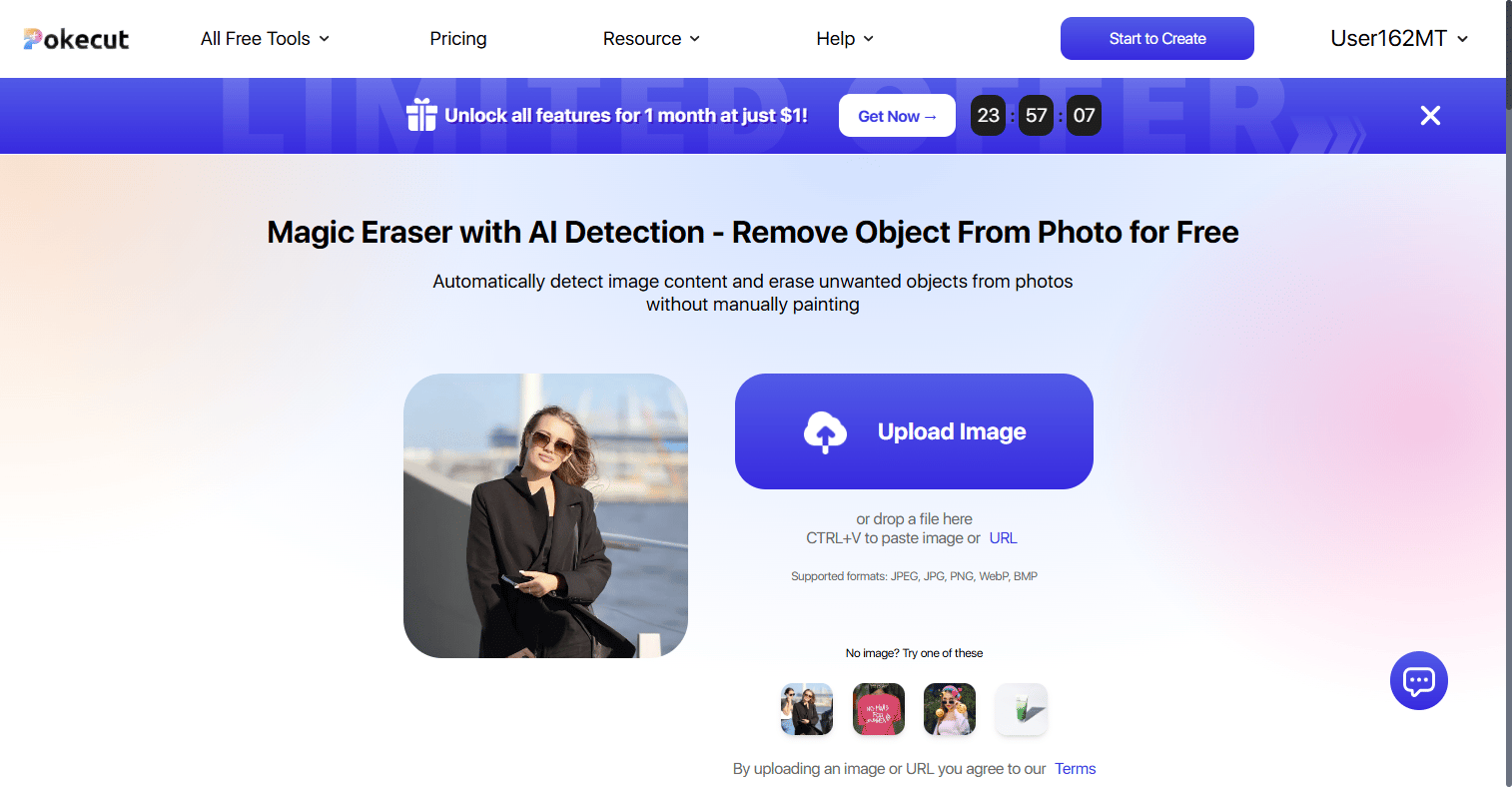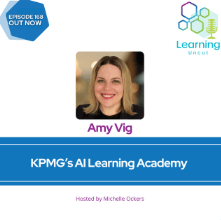|
“The happiness which we receive from ourselves is greater than that which we obtain from our surroundings.”
— Arthur Schopenhauer
My physical copy of "Think Like a Marketer, Train Like an L&D Pro" arrived this past weekend, and wow—until that moment, it didn’t quite feel real! But holding those pages in my hands? Pure pride. I may have hugged it. More than once. (Zero regrets.) Thank you to everyone who’s already ordered! Your support means everything.
Curious but haven’t ordered? I’ve answered all your questions right here.
Thanks for reading!
✨ Share YOUR Best Finds
Find something share-worthy. Drop it here 👇
|
|
|
sponsored
L&D Career Strategy Workshop with Holly Owens | May 20th, 21st, and 28th
Being great at your job isn’t always enough to get noticed, promoted, or land those dream projects. You also have to show your strengths! Join Holly Owens and iSpring for a 3-day workshop packed with proven strategies, tools, and expert support to help you make your next big career move.
|
|
|
📰 News & Notes
Our Collective Question Bank: What to Ask Stakeholders Requesting Training
The Rundown: Jess Almlie crowdsourced a goldmine of questions L&D pros can ask when a stakeholder requests training — helping determine if training is actually the right solution.
The Context:
- The list is categorized by themes like desired future results, current state, business alignment, and root cause.
- Questions include prompts like “What do you want people to do differently after this?” and “What happens if we didn’t train at all?”
- It also includes ways to probe stakeholder commitment and explore non-training solutions.
Why it Matters: Training is often the go-to fix — even when it’s not the right one. This curated list empowers learning teams to dig deeper, act more strategically, and align efforts with real performance gaps. Use it to stop taking orders and start leading with impact.
|
|
|
Consequences of erudite vernacular utilized irrespective of necessity: Big words make you look dumb
The Rundown: A Princeton study by Daniel Oppenheimer shows that using unnecessarily complex language doesn’t make you sound smarter — it actually makes you seem less intelligent.
The Context:
- Across five experiments, participants judged authors of simpler texts to be more intelligent and credible than those using longer, more complex words.
- The culprit: processing fluency — texts that are easier to read lead to more favorable judgments.
- Even when the same content was used, harder-to-read fonts or long-winded words consistently reduced perceived intelligence.
- When readers were aware of external reasons for low fluency (e.g., poor print quality), they actually overcompensated, rating the author as more intelligent.
Why it Matters: The majority of people think complexity equals intelligence. This research debunks that myth. Clear, concise writing not only improves understanding but also boosts your perceived smarts. Skip the thesaurus — the simplest word is often the smartest one.
|
|
|
Why is Working Memory so Important for Learning?
The Rundown: Carl Hendrick underscores working memory as the linchpin of learning, describing it as the brain's "mental workspace" essential for reasoning, comprehension, and decision-making.
The Context:
- Working memory is limited in capacity and duration, making it susceptible to overload.
- It functions as the active processor of information, bridging sensory input and long-term memory.
- Effective learning strategies, such as breaking information into chunks and connecting new knowledge to existing schemas, can optimize working memory usage.
Why it Matters: Understanding the constraints of working memory is crucial for educators aiming to enhance student learning. By tailoring instruction to accommodate its limitations—through techniques like scaffolding, retrieval practice, and spaced repetition—teachers can facilitate deeper comprehension and retention. Recognizing that learning is not merely about information exposure but about managing cognitive load can transform educational outcomes.
|
|
|
sponsored
Webinar – Leadership in L&D: Impact, Empower, Inspire!
Coaching-driven leadership can be your most powerful tool for creating an engaged, empowered culture of continuous learning.
Join Ben Dueck, Performance Coach, for a dynamic webinar to explore how coaching can be your most powerful tool for unlocking employee potential.
|
|
|
🧰 Tech Tools & Tips
If tools are your jam, check out my Work Smarter newsletter.

Raugen Tools
Free browser-based toolkit with AI-powered tools for editing images, videos, PDFs & more.
|
|

Magic Eraser
Pokecut offers a free online tool that uses AI to remove unwanted objects from photos.
|
|
|
|
🎧 Podcast of the Week
This is the conversation that caught my ear this week. Check out previous episodes in the Friday Finds podcast playlist.
KPMG's AI Learning Academy
KPMG Australia's Amy Vig shares their approach to an internal learning solution combined with self-directed learning, curated paths, and hands-on AI practice, providing a rich, practical model.
|
|

|
|
|
|
🧳 Where’s Mike?
If you or your event needs a speaker or workshop that is highly interactive and super practical, we should talk.
|
|
|
Like this newsletter? Share it with someone you love. Don’t like it? Share it with someone you don’t!
Friday Finds is an independent publication that I produce in my free time. You can support my work by sharing it with the world, booking an advertising spot, or buying me a coffee.
|
|
|